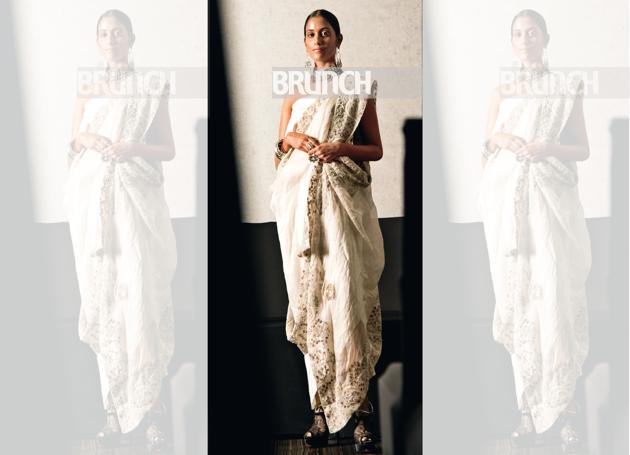“The sari has become the barometer of the Indian woman’s cultural change,” writes Vogue’s Priya Tanna
Priya believes the fashion industry is finally in a place where it represents the woman with no labels, her whose style, size, skin tone are all-inclusive
What makes up the Indian fashion industry today, you ask? I’ve thought about it long and hard, and the only place to answer this from is a personal one. As I took on the role as editor-in-chief of Vogue India some 10 years ago, the decision was easy – we could either go about the traditional route of commenting on the changing hemlines and necklines of womenswear or we could eschew this from time to time to champion matters central to a woman’s world. And yes, these could very well be the it camel coats to buy for the season, but it could also be co-parenting styles to adopt in a new age, investing your hard-earned money in the best contemporary art of our times, or lessons in carving out your corner room spot at the workplace. The woman we so often put in print, is multi-faceted, manifold and deeply diverse. And the fashion industry that represents this woman has finally caught up with her. Labels no longer apply, and size and skin-tone are all-inclusive. The look I’ve picked here is an Anamika Khanna sari. As the most versatile building block of an Indian woman’s wardrobe, with time it has adapted and become the barometer of her cultural change.










